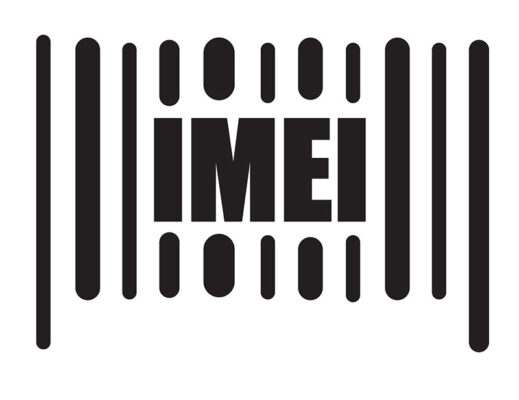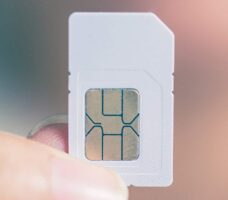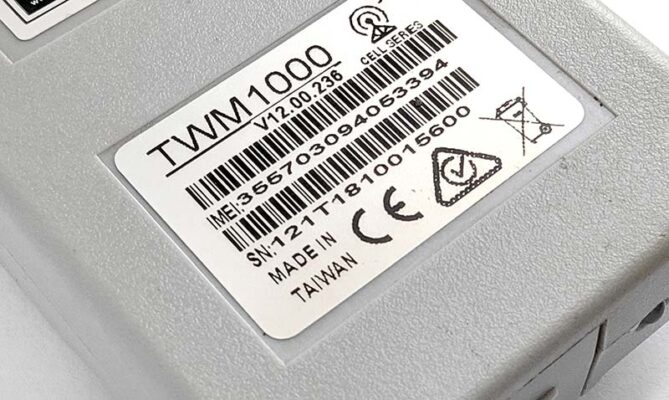What You Need to Know about ICCID, IMSI and IMEI
By Nati Bukai
February 22, 2024

Three fundamental terms in the SIM card world are:
Let’s take a closer look at ICCID, IMSI and IMEI and what they mean for your global deployment.
While these other parameters are typically unknown to the customer, anyone with a SIM card can find the corresponding ICCID as it is on the card. The SIM card’s ICCID is typically between 19 and 20 digits long and conveys the information contained on the card.

IMSI is a unique 15-digit number identifier that represents a relationship between:
The three notable parameters of an IMSI number are as follows:
An IMSI ensures that the mobile device gets routed to the correct network, which is crucial when roaming. The signal will be sent to the wrong destination without this information.
In addition, Telit Cinterion has taken the next step of utilizing the embedded Universal Integrated Circuit Card (eUICC), so we can move forward from here.

IMEI is a 15-digit number unique to each device, differentiating it from the others connected to the GSMA. The number has a prefix, which specifies the type of device (e.g., iPhone or Samsung), and a serial number, which distinguishes the individual device itself.
Imagine two people have the same iPhone 14. Even if they were purchased on the same day from the same store and share the first eight digits as iPhone 14s, the last seven digits will differ to indicate distinct devices. In addition to the 15-digit number, there is now another 16th number at the end, which describes the latest version of the device.
In addition, the IMEI number allows phone carriers and manufacturers to:

For the end user living in one country with a small deployment, ICCID, IMSI and IMEI are not necessarily relevant. However, for companies with massive SIM deployments across multiple countries, these identifiers matter for roaming.
Rather than buying multiple types of SIM cards and navigating each MNO, you can leverage the NExT™ network, powered by Telit Cinterion. This mobile core IoT network covers over 600 carriers in more than 200 countries. Telit Cinterion gives you one SKU for the IMSI profile or the SIM card. Wherever it goes, you will always have connectivity.
Request your IoT connectivity starter kit today and gain complete visibility and control over your dispersed devices.
What is the difference between IMSI and IMEI?
An International Mobile Subscriber Identity (IMSI) is a 15-digit number. It identifies the person or business using a mobile service.
The IMSI is stored on the SIM card and confirms the subscriber’s identity on the network. The IMSI links the SIM to the country and carrier.
Carriers use it to:
The IMSI consists of:
To protect privacy, networks often mask the IMSI with a Temporary Mobile Subscriber Identity (TMSI) during communication.
An International Mobile Equipment Identity (IMEI) is a unique 15-digit number that identifies a mobile device. It’s tied to the hardware — not the SIM card — and helps carriers and manufacturers track and manage devices on the network.
It is used to:
The IMEI is typically printed on the device or can be found in the device’s settings. It does not identify the user or the SIM card. Unlike the IMSI, which links to the subscriber, the IMEI links to the physical device.
Is the ICCID the same as the SIM number?
Yes. The Integrated Circuit Card Identification (ICCID) is the official serial number of a physical SIM card. It’s a unique identification number that typically contains 19 or 20 digits.
Carriers use the ICCID to:
It does not refer to the phone number.
Can I track a phone using IMEI?
The International Mobile Equipment Identity (IMEI) is a unique number used to identify a mobile device. Carriers and manufacturers use the IMEI to:
Only carriers, manufacturers and law enforcement — not individuals — can track a device using its IMEI.
What is an ICCID number?
An Integrated Circuit Card Identification (ICCID) number is a unique 19- or 20-digit serial number that identifies a physical SIM card. It does not refer to the phone number associated with the SIM.
Carriers use the ICCID to:
You can usually find the ICCID printed on the SIM card or in a device’s settings.
How long is an ICCID number?
The ICCID number is usually 19 to 20 digits long. Due to differences in country code or issuer identifier, the number can range from 18 to 22 digits, depending on the specific SIM card and MNO.
What is an EID number?
The embedded Universal Integrated Circuit Card (eUICC) Identifier (EID) is a 32-digit number assigned to each eUICC (e.g., 89049032000000000000000000000001). It’s the primary identifier for the physical SIM card in systems where multiple profiles (i.e., ICCIDs) can be stored and managed remotely.
Traditional SIMs have one ICCID. eUICCs can host multiple network profiles, each with an ICCID. The EID remains constant while the ICCID changes depending on the active profile.